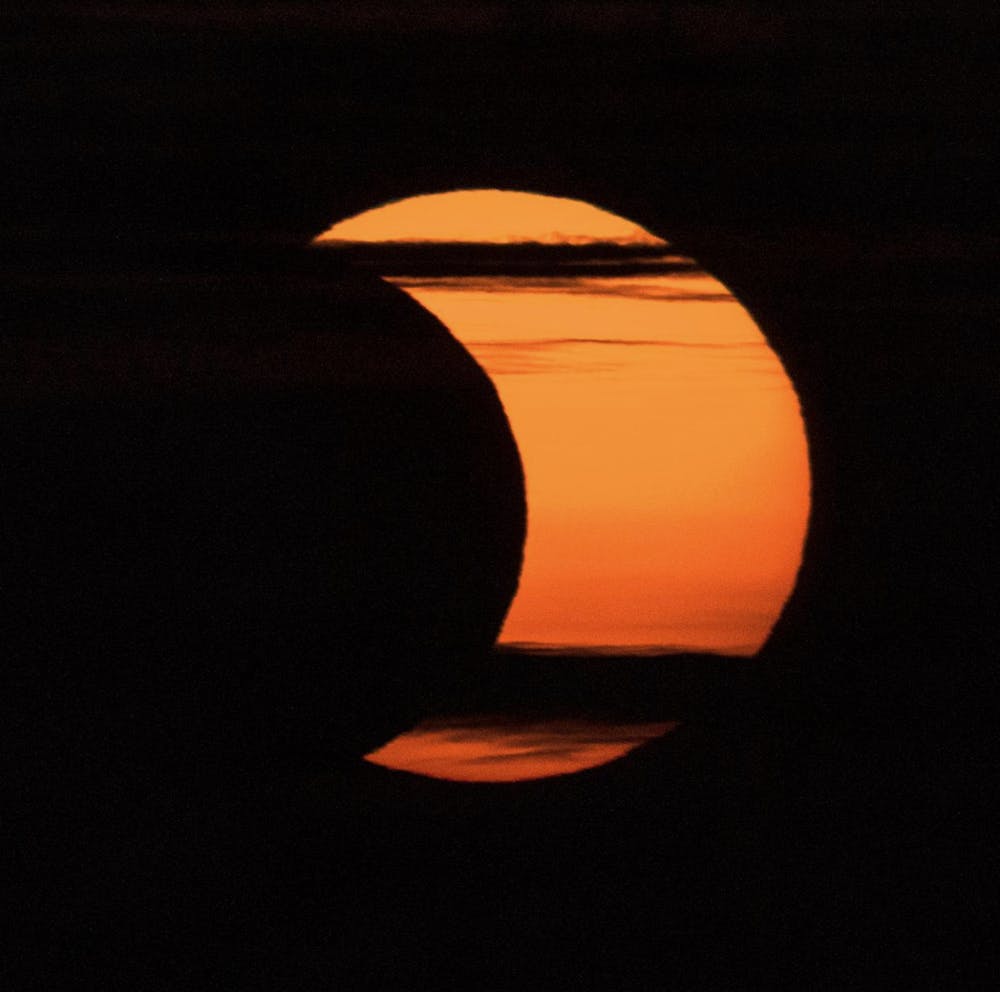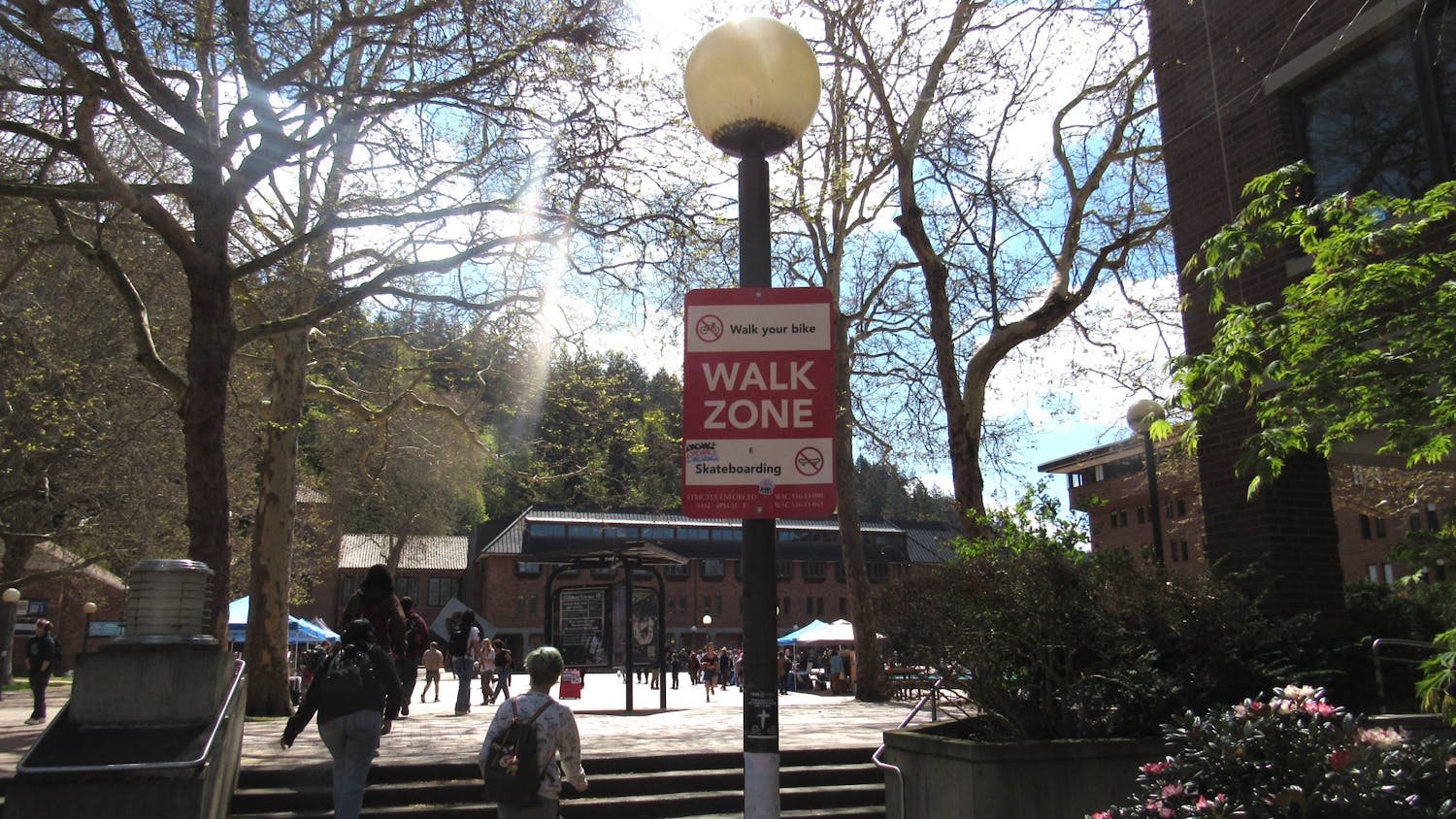An annular solar eclipse will be visible in Bellingham this Saturday, Oct. 14 from 8 to 11 a.m. In an annular eclipse, the moon appears slightly smaller than the sun, leaving a thin ring of sunlight visible around the moon’s shadow. The Whatcom Association of Celestial Observers is hosting a free event at Zuanich Point Park for people to come view this rare solar occurrence.
WACO was formed in 1988. The club consists of amateur enthusiasts and former professionals who bring a shared interest in astronomy to the community with free public events.
“The club was started with the purpose of making astronomy fun,” said WACO President Justin Katsinis. “They’d get together for star parties and lots of public events, which we’re still trying to continue to this day.”
Saturday’s event will include all the equipment needed for observing an annular solar eclipse, assuming the weather doesn’t forbid it.
“We’re going to have a couple of solar telescopes out there so you can look directly at it through the scope,” Katsinis said.
As for what the telescope will show, annular solar eclipses are different from total eclipses, explained Andreas Riemann, an astronomy and physics professor at Western Washington University.
“You won’t have that amazing effect of a total solar eclipse where it’s getting totally dark and birds basically think it’s night,” Riemann said. “You’ll see that the moon is in front of the sun, so there is much less sunlight, but it doesn’t get really dark because the moon isn’t covering the sun entirely.”
Annular eclipses are not common in the U.S., the last one being in May 2012, according to King 5. “The moon is farther away, so it appears smaller,” said Riemann. “So during an annular, it doesn’t cover the whole sun.” This leads to the “Ring of Fire” effect for those in the path of annularity, which Bellingham is north of.
WACO hosts events similar to this at Zuanich Point Park throughout the summer called Telescopes in the Park. This ongoing event has been very successful for the club, with some viewings having hundreds of attendees.
“There were 304 visitors at one of our last events during the summertime,” said WACO member Robert Wilmore. “It is just a whirlwind of fun and enthusiasm from the community.”
Wilmore is a passionate observer and hosts his own viewings at Taylor Dock on clear Sunday nights called Sundays at Sunsets.
“I’m out there with my telescope and anyone is welcome to join me,” Wilmore said.
For observers who are not able to attend WACO’s event but still want to observe this weekend’s eclipse, it’s important to wear the necessary eye protection.
“If you’re going to look at the sun, make sure you have certified eclipse glasses,” Katsinis said.
Katsinis also recommends looking at the eclipse simulator in advance. By pressing play, the simulator shows how the eclipse will look throughout the morning, with the most amount of coverage being at 9:20 a.m. At that point, the sun will appear crescent-shaped behind the moon.
“We won’t be in the path of full totality,” Katsinis said. “But we should still get a pretty cool view of the moon going through the solar disc.”
Alex Hodson (he/him) is a city news reporter for The Front this quarter. He is a second-year pre-major in journalism. When not working on The Front, he likes to play pickleball, watch movies, drink coffee and sing in Western's Concert Choir. You can reach him at alexhodson.thefront@gmail.com






